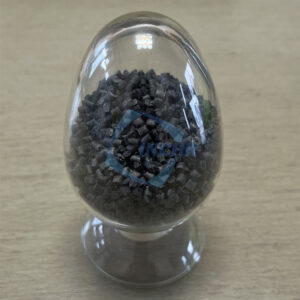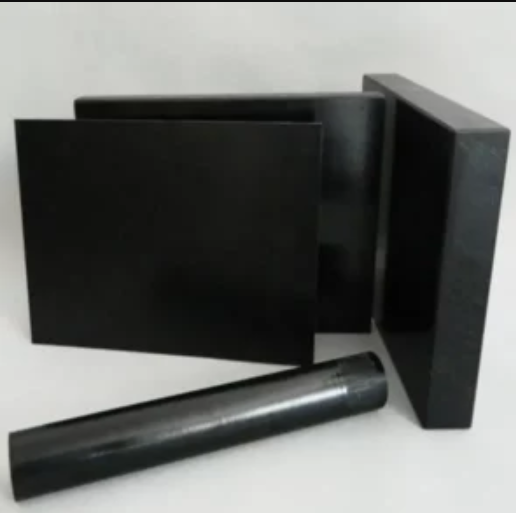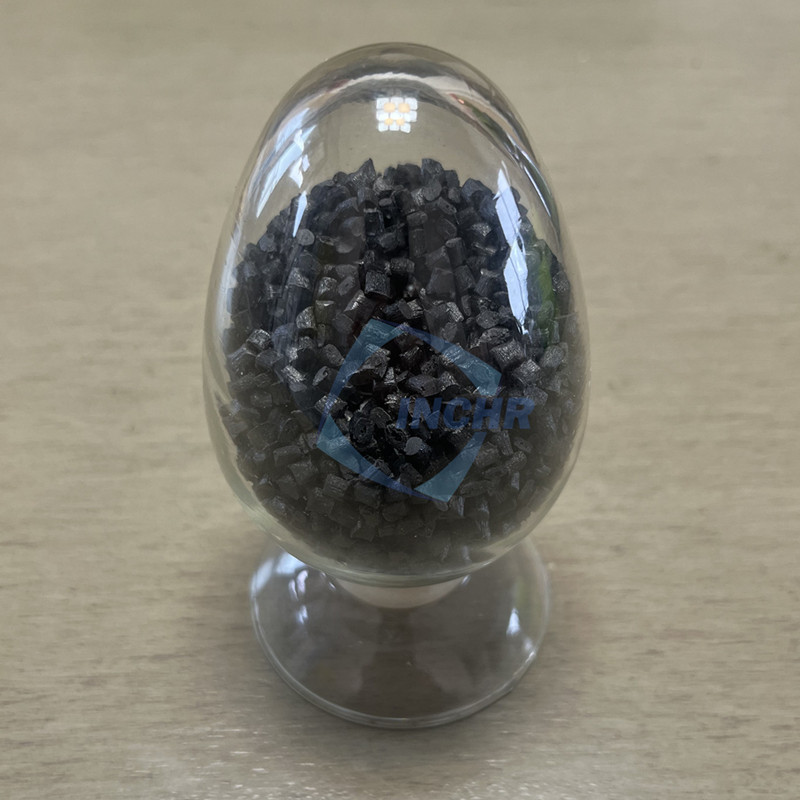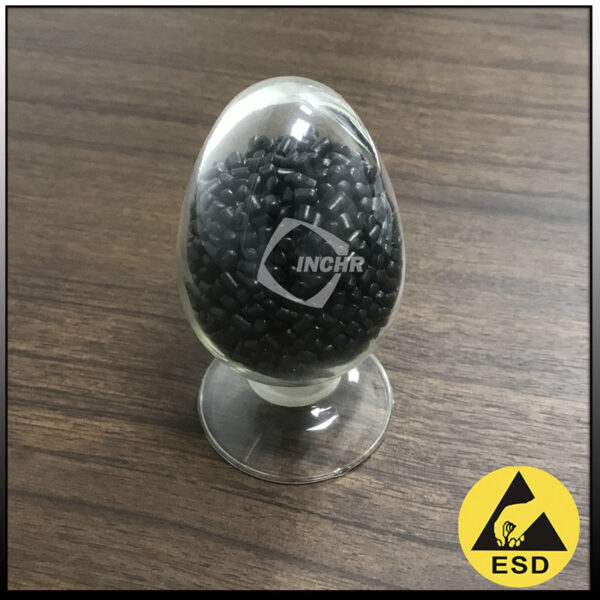Carbon Fiber Reinforced Polymer (CFRP) is a composite material revolutionizing industries where strength, lightness, and performance are non-negotiable. Combining carbon fibers with a polymer resin matrix, CFRP offers a unique set of properties that traditional metals like steel and aluminum struggle to match. Whether in aerospace, automotive, or sports equipment, this advanced material is a cornerstone of modern engineering. Let’s explore its key advantages and the factors influencing its cost.

Key Advantages of CFRP
Exceptional Strength-to-Weight Ratio
CFRP is renowned for being incredibly strong yet lightweight. It can be up to five times stronger than steel while being about 70% lighter. This property is critical in aerospace and automotive industries, where reducing weight directly enhances fuel efficiency, performance, and payload capacity.High Stiffness and Rigidity
The material’s modulus of elasticity (stiffness) is significantly higher than most metals. This makes CFRP ideal for applications requiring minimal deformation under high stress, such as in robotic arms, precision machinery, and high-performance automotive frames.Excellent Fatigue Resistance
Unlike metals, which can develop cracks over repeated stress cycles, CFRP demonstrates superior fatigue resistance. This longevity is essential for structural components in aircraft, wind turbine blades, and infrastructure projects, ensuring durability and safety over time.Corrosion and Chemical Resistance
CFRP does not rust or corrode when exposed to moisture, chemicals, or extreme environmental conditions. This makes it a preferred choice in marine applications, chemical processing plants, and areas with high humidity or salinity.Design Flexibility
CFRP can be molded into complex shapes and tailored for specific directional strengths. This allows engineers to optimize designs for maximum performance, integrating multiple components into a single, efficient structure.
Factors Influencing CFRP Cost
While CFRP offers unparalleled benefits, its adoption is often tempered by cost considerations. Several factors contribute to its premium price:
Raw Material Expenses: The production of carbon fibers involves high-energy processes and specialized precursors (like polyacrylonitrile), making them costly.
Manufacturing Complexity: Techniques like autoclave curing, filament winding, and resin transfer molding require significant investment in equipment, skilled labor, and time.
Volume and Customization: Low-volume production runs and highly customized designs incur higher costs due to setup expenses and specialized tooling. However, as automation and manufacturing technologies advance, costs are gradually decreasing.
Is CFRP Worth the Investment?
The decision to use CFRP hinges on the application’s priorities. In sectors where performance, weight savings, and durability outweigh initial costs—such as in aerospace, motorsports, and premium sporting goods—CFRP is indispensable. As technology evolves and production scales, its use is expanding into more industries, including renewable energy and automotive mass production.
For instance, according to a report by Grand View Research , the carbon fiber market is growing rapidly, driven by demand for lightweight and fuel-efficient vehicles.
Conclusion
Carbon Fiber Reinforced Polymer stands as a testament to material science innovation, offering a blend of strength, lightness, and durability that traditional materials cannot match. While its cost remains higher than conventional options, the long-term benefits in performance, efficiency, and lifecycle value make it a smart investment for high-stakes applications. As manufacturing techniques improve, we can expect CFRP to become more accessible, paving the way for its broader adoption.
To learn more about selecting materials for your project, visit our Resource Center.



